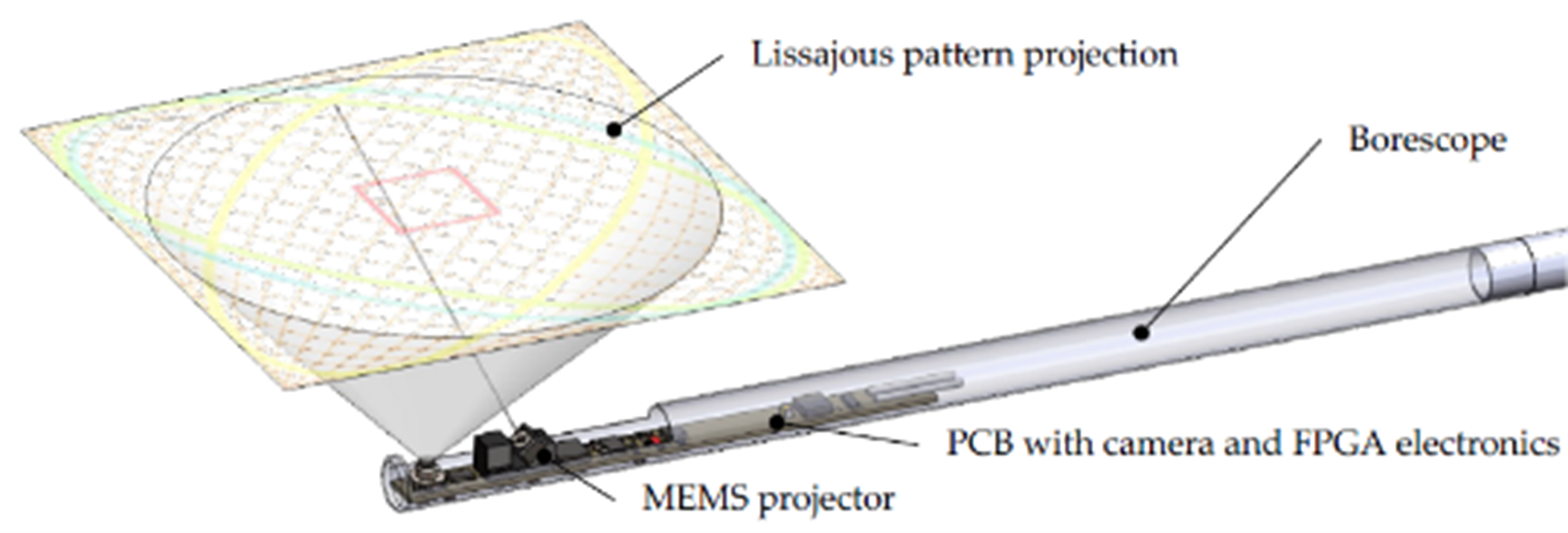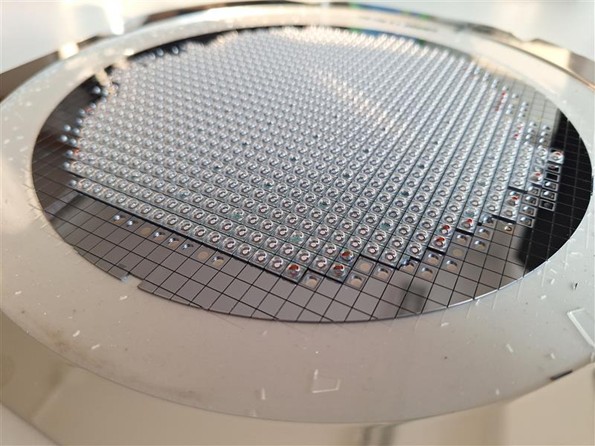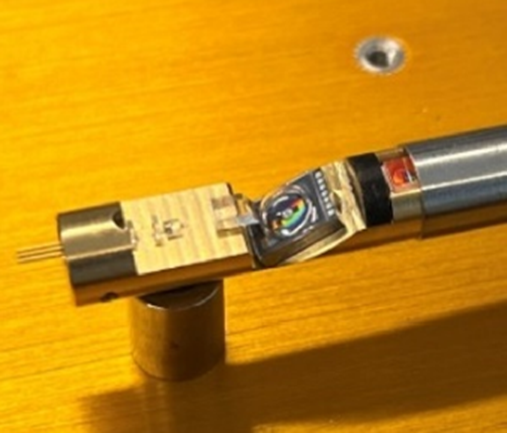New paths in space travel
Inspections of aircraft components that are difficult to access pose major challenges for aviation technology. The increasing need to be able to efficiently and reliably inspect hard-to-reach and safety-relevant areas of aircraft requires innovative solutions. The high safety standards in particular make it necessary to detect even the smallest damage or deviations at an early stage. Although previous technologies offer approaches, they do not achieve the desired miniaturization and flexibility.
 Fraunhofer Institute for Silicon Technology
Fraunhofer Institute for Silicon Technology

